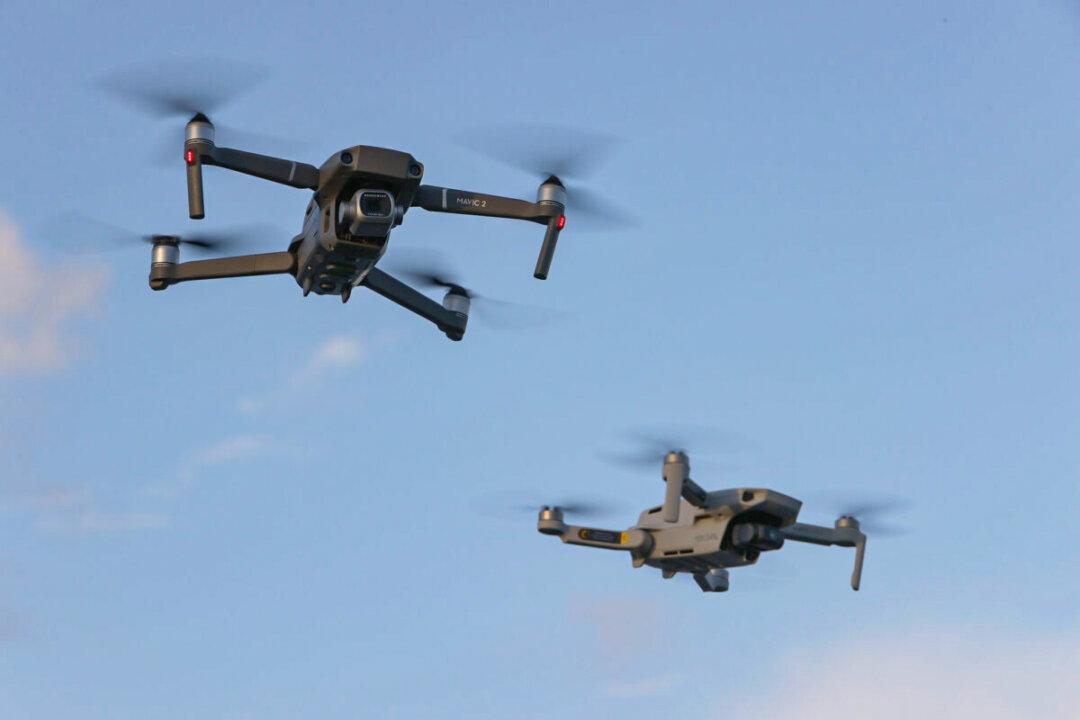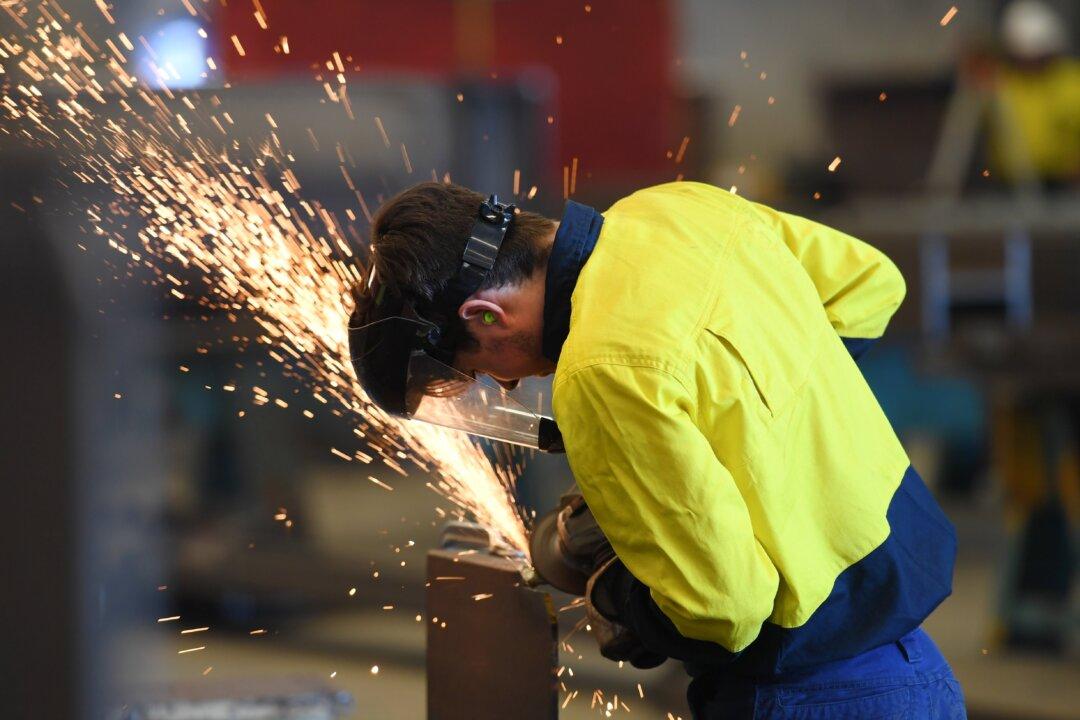Australia’s Department of Foreign Affairs and Trade (DFAT) is still using the controversial Chinese-made Da Jiang Innovations (DJI) drones despite other government departments, such as the Australian Border Force (ABF), ceasing their use in May.
DFAT’s chief security officer, Joe Talbot, confirmed the drones’ use during a Senate estimates hearing on June 1.





